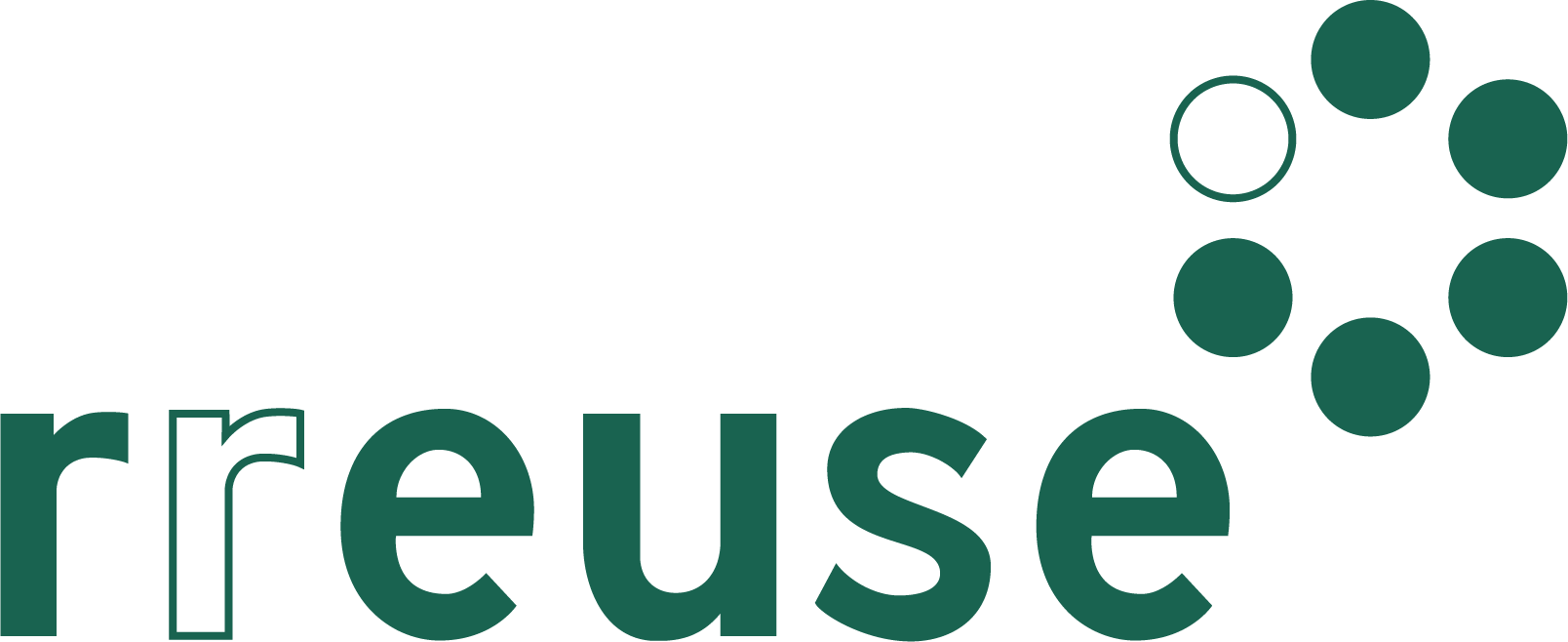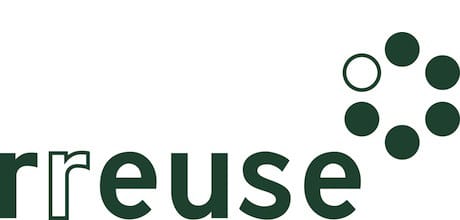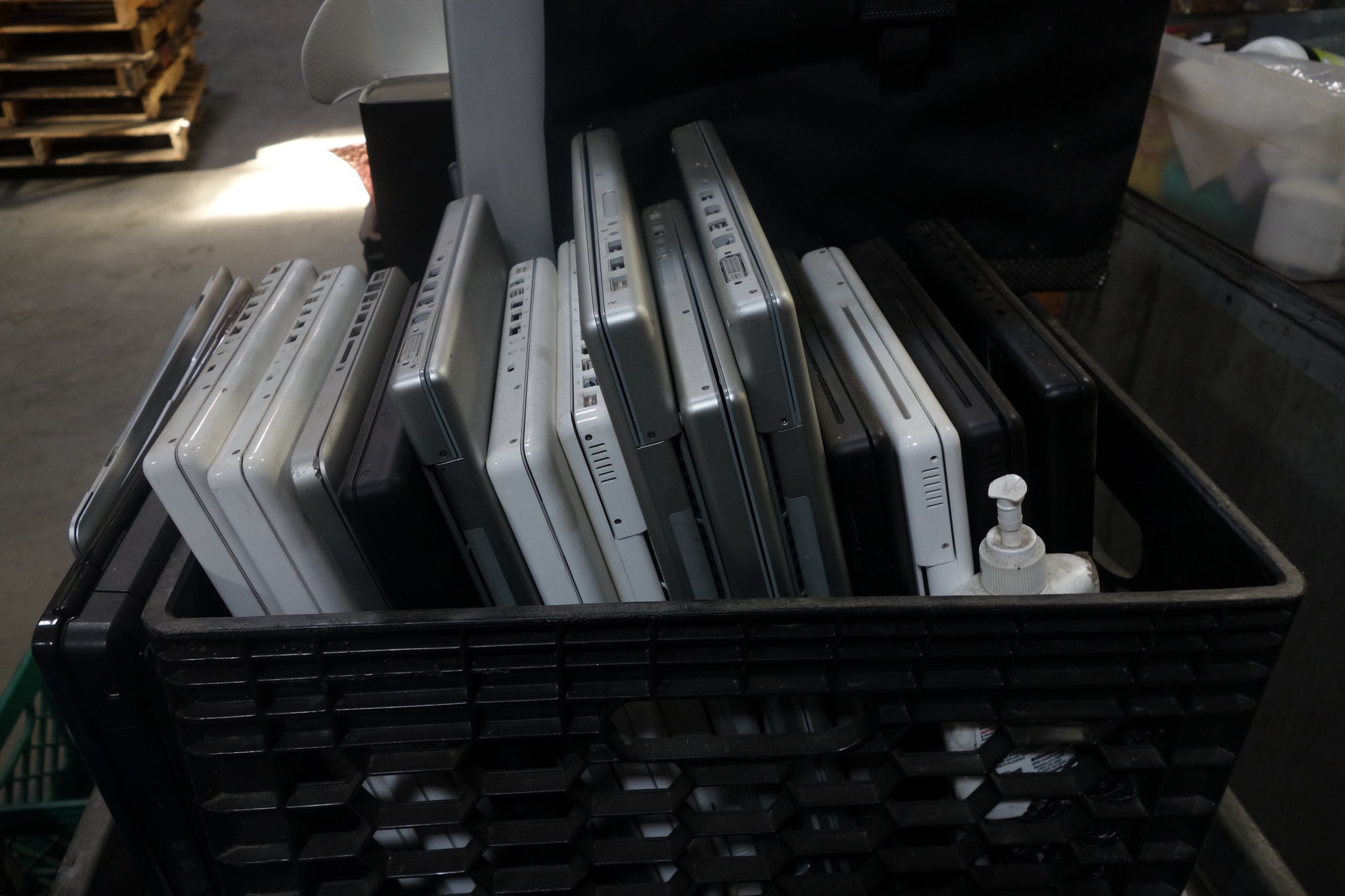Electrical and Electronic Equipment (EEE) has infiltrated every aspect of our daily lives, providing our society with more comfort, health and security, with easy information acquisition and exchange. But the constant technological innovations, coupled with a growing consumerism, accelerate the replacement frequency of these products. Consequently the production of waste EEE (WEEE) should double in the near future to reach 12 million tonnes p.a. in 2010. This confronts us directly with the obverse aspect of our consumption patterns : waste! Today, more than 90% of WEEE are landfilled or incinerated without any kind of pre-treatment.
The new European Directive on WEEE introduces individual producer responsibility, redistributes the roles between the actors of WEEE management and sets mandatory collection and recycling objectives. Local and Regional Authorities (LRAs) will have a significant role to play in the enforcement of the regulation. As public authorities responsible for aspects of municipal waste management, they may guarantee the participation of all possible actors, provide collection facilities, ensure proper handling and collection of appliances, encourage reuse and recycling and monitor the fulfilling of the producer’s duties as regards treatment prescriptions.
The management of WEEE is a complex and multi-faceted issue. From organisation to imple- mentation, selective collection, sorting and treatment systems, local authorities face tricky technical, legal, economic and educational questions. The ACRR has been created for the purpose of providing support to LRAs. Of course, this Guide does not pretend to be exhaus- tive, but we hope it will provide the reader with practical insights, experiences and guide- lines for the proper organisation of WEEE management.
This report has been written by ACRR, with the support of RREUSE and CARE Electronics and the financial assistance of the European Commission.


